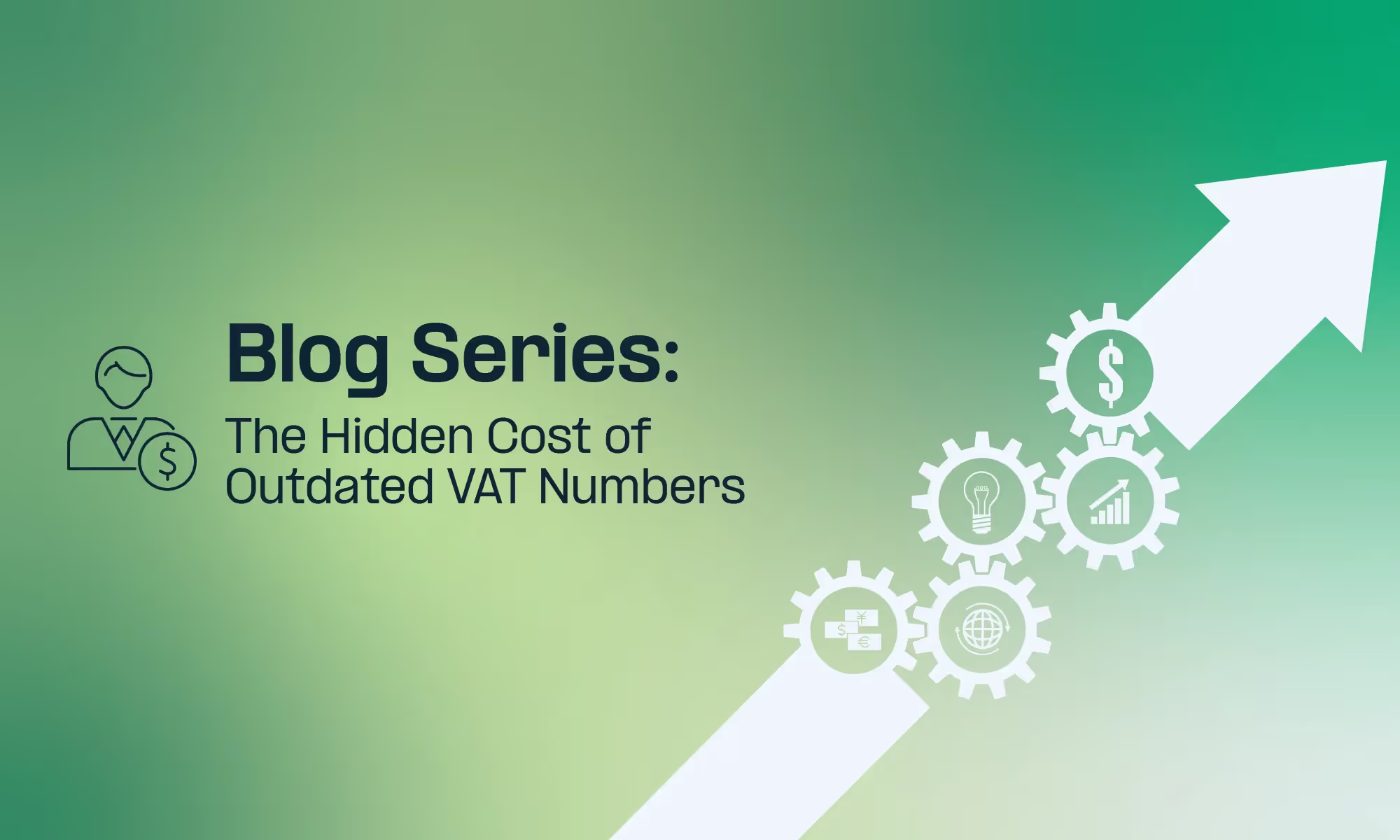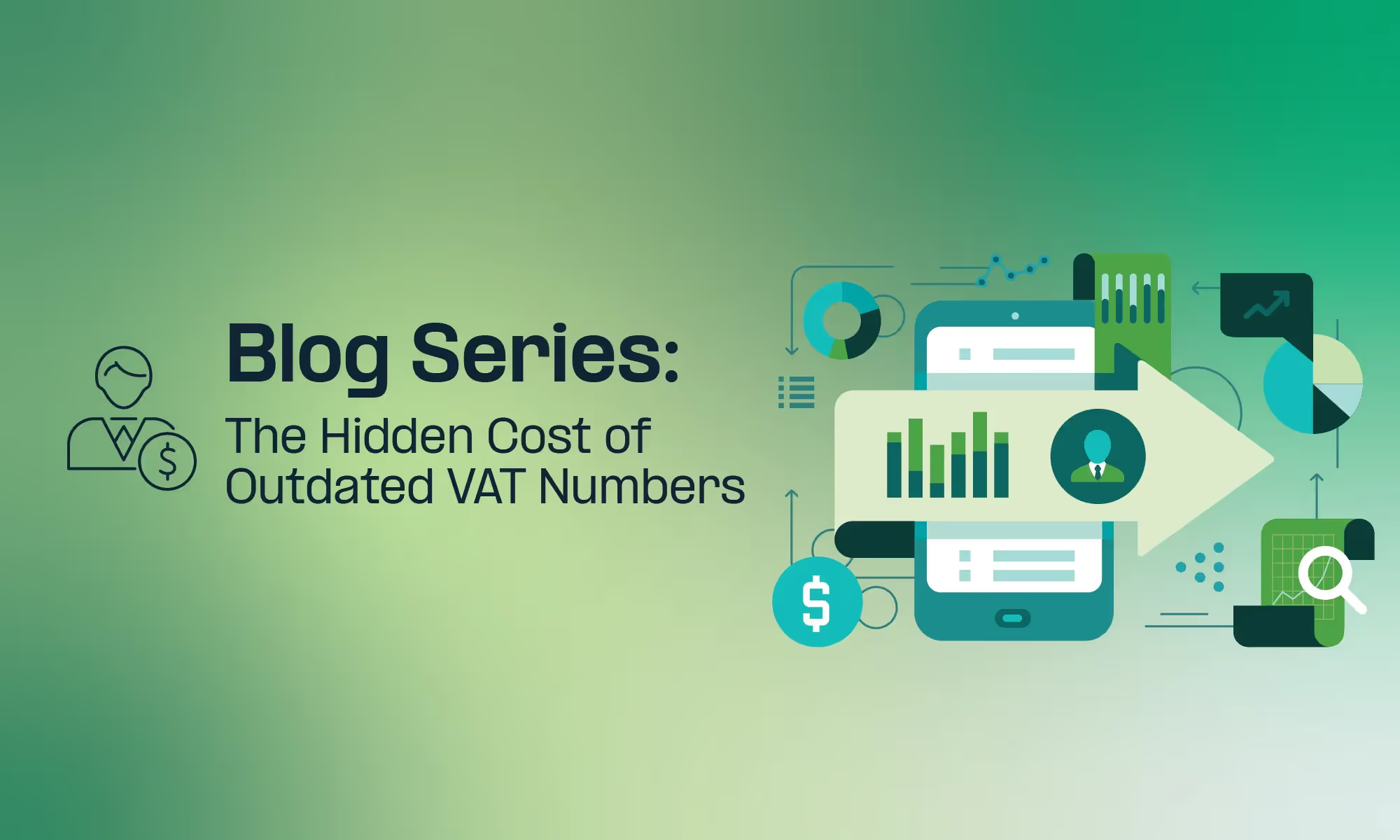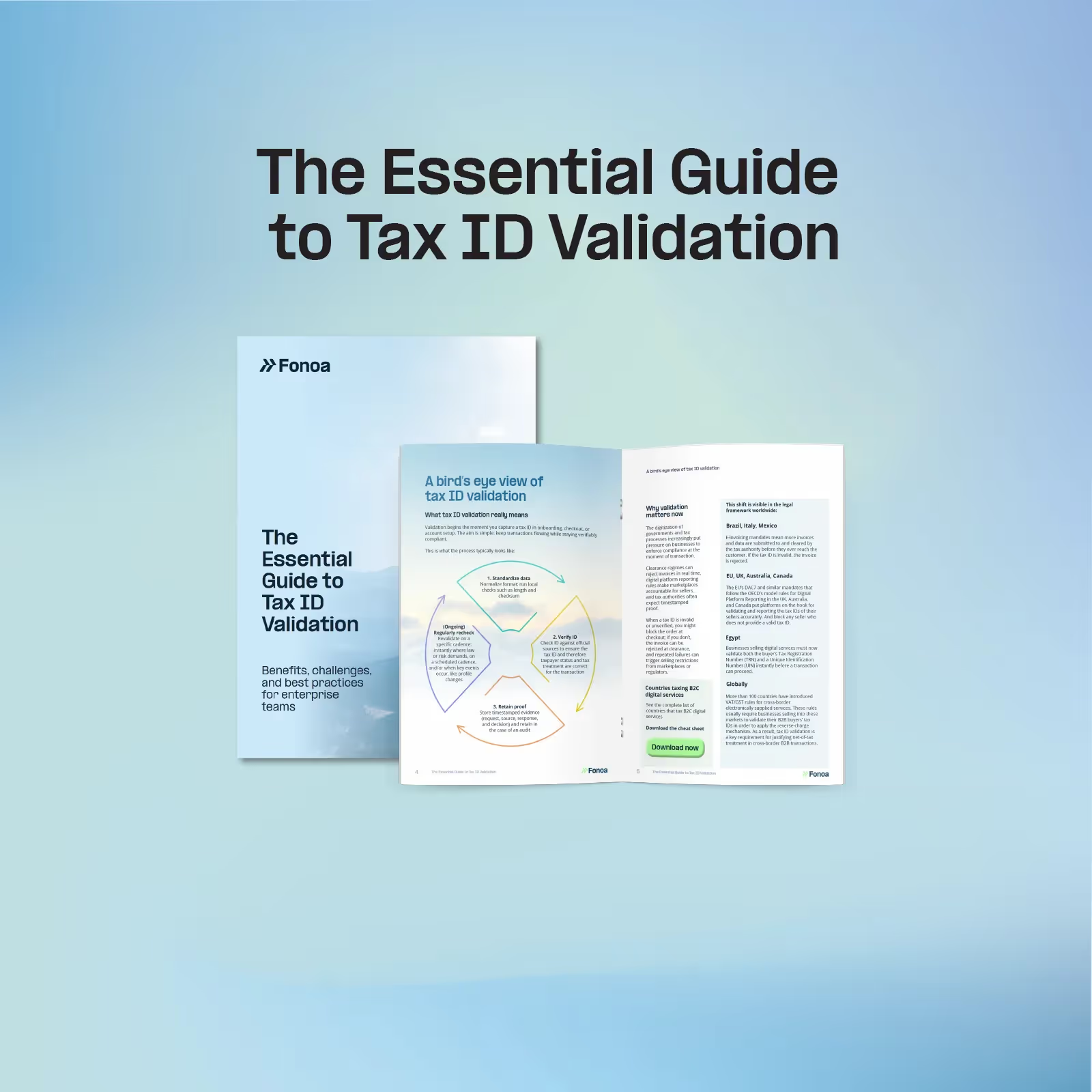What is a VAT registration threshold, and why does it exist?
The Value Added Tax (VAT) registration threshold is the amount of income above which a business must register for VAT. It exists so that small businesses or businesses just starting do not have to worry about the administrative burden of VAT compliance. This is one of the ways countries try to make it easy to start a business or to run a small business. Excluding small businesses from the VAT system also helps tax authorities as they can focus their resources on larger businesses that generate the bulk of governments’ VAT income.
The amount of the VAT registration threshold can be different from place to place depending on where a business is located, as countries determine their own VAT registration thresholds considering their local economic environments and cultural backgrounds.
Following VAT registration, businesses are assigned a VAT number, which can be a different version of the business’ tax identification number (TIN), e.g., adding the country ISO code as a prefix. If the business decides to register for cross-border sales of goods or services, its VAT number will be verifiable through the European Commission’s VAT Information Exchange System (VIES). In some countries, this happens automatically. In other countries, the business needs to take an active role to be taken up in this pan-EU database.
VAT Registration Thresholds, as of 2024
In the table below, we collected the VAT registration thresholds for all EU countries and a few non-EU countries like: Norway, Switzerland and the UK.
Please note that some countries do not have a VAT registration threshold per se but rather have VAT exemption for businesses under a certain amount of income. In these cases, we marked this specific amount as the VAT registration threshold, e.g., Belgium. Additionally, some countries have different VAT registration thresholds for different industries or business activities. In these cases, we always featured the lower amount, e.g., France. Other countries may not have VAT registration thresholds at all. In these instances, we indicate “None”, e.g., Spain.
*Foreign exchange calculations are estimates based on the effective rates at the time of writing
Distance Sales
Current EU VAT rules were designed to take into account e-commerce companies and marketplaces doing cross-border business in the EU. In the case of distance sales (or distance selling, a term used for intra-EU selling), a common VAT registration threshold of EUR 10,000 was introduced across all EU Member States. According to the distance sales rules, the local VAT rate of the seller's home country applies until the seller reaches the EUR 10,000 threshold within a calendar year. Above that, VAT rules of the destination countries apply, which also means a VAT registration obligation in the respective EU country.
Distance selling simply means the cross-border sale of goods amongst the EU Member States and is usually facilitated via the internet. For example, when a business in Slovakia sells goods through the internet to Sweden, that is considered distance selling.
To avoid the need to register in multiple EU countries, businesses can also use the EU’s One Stop Shop (OSS). That way, they can have a single EU VAT registration.
Another change effective from the same date is the abolishment of the VAT exemption of low-value goods imported to the EU. Since then, non-EU businesses are required to charge VAT, even if they are importing goods of less than EUR 22 (the former VAT exemption threshold for imports). Similarly to the OSS, non-EU businesses also have a way to use a single EU VAT registration, which is known as the Import One Stop Shop (IOSS). This rule was introduced to combat tax fraud and create more equality for EU and non-EU sellers to EU consumers.
Getting VAT Registered in the EU is Hard
On top of different registration thresholds, all EU countries have different registration procedures as well, including widely different registration timelines. To stay compliant in all EU countries where you are doing business, you should track your thresholds automatically to predict when to initiate registration procedures. Fonoa can help you navigate the EU’s complex VAT landscape.
EU VAT Compliance Post-Registration
After obtaining a VAT number, businesses must comply with various VAT reporting and payment requirements, which differ from country to country. These obligations typically include:
- Filing periodic VAT returns, usually monthly or quarterly.
- Keeping accurate records of all sales and purchases.
- Charging the correct amount of VAT on sales.
- Paying any VAT due to the tax authorities.
- Issuing proper VAT invoices to customers.
- Ensuring compliance with specific local VAT rules and rates.
Understanding these obligations is crucial to remain compliant and avoid potential penalties.
How Fonoa can help
Fonoa offers a single platform to manage these challenges that growing businesses face. Our top-notch customer support means we have the fastest implementation time on the market, and our worldwide coverage means you can start using our solutions right away wherever you do business.
Get in touch to automate all things indirect tax.























